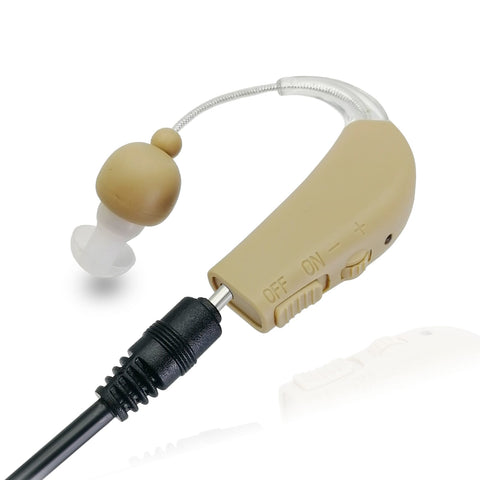Rechargeable Vs. Non-Rechargeable Hearing Aids

The type of battery your hearing aids have impacts their performance, their overall cost, and how long you can use them throughout the day. So when picking out a new device – whether you're upgrading from an older model or it's your very first hearing aid – it's important to review its battery specs. One of the main things to consider is whether or not you want a rechargeable battery or a non-rechargeable battery. Here are some things to think about to help you decide which type might suit you and your lifestyle the best.
Non-Rechargeable Batteries
Up until recently, non-rechargeable batteries were the standard. In fact, they're still the only option for certain types of hearing aid styles. For example, if you wear an in-the-ear (ITE) device, you'll most likely have to stick to disposable batteries for now – which is just fine. Disposable batteries are reliable and can last several days or even weeks before they need to be replaced.

The most common type is zinc-air batteries. They come in a few different sizes depending on the level of hearing loss an individual has. Each size has a specific color-coded tab to make it easy to pick out which one you need. Larger ones are usually for severe levels of hearing loss and tend to offer a longer lifespan. However, they normally cost more than smaller sizes.
Some things to consider when using disposable batteries include:
- You have to buy and change the batteries on a regular basis
- They are reliable and have been the standard for many years
- The batteries are small and hard for some people to change
- It's not an environmentally friendly option
- You must remember to carry backups
Rechargeable Batteries
Early rechargeable hearing aids weren't as reliable as they are now. As manufacturers continue to make advancements in technology, the batteries have improved significantly. They're now just as powerful and long-lasting as the ones used in cell phones and laptops. Many people find that they offer a more convenient way to enjoy conversation and hear when and where they need to.



In addition, fully rechargeable hearing aids stay charged all day long after only a few hours on the charging station. The batteries also rarely have to be replaced. This can help cut back on monthly expenses and make it easier for people with reduced vision or dexterity to manage their devices.
Some things to consider when using rechargeable batteries are:
- Many, but not all, rechargeable hearing aids require access to a power outlet in order to charge
- Streaming songs and videos can reduce the battery life
- They're only available for certain hearing aid stylesFfor the biggest variety of hearing aids CIC, BTE, BLUETOOTH, others, all at affordable prices, at the highest quality, immediate fit, no need molding.
